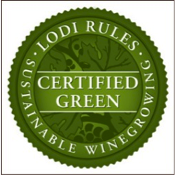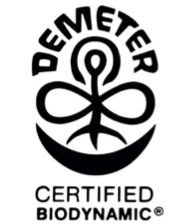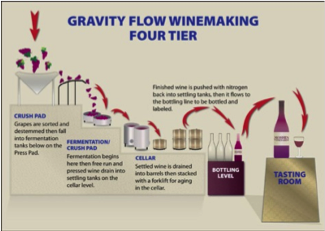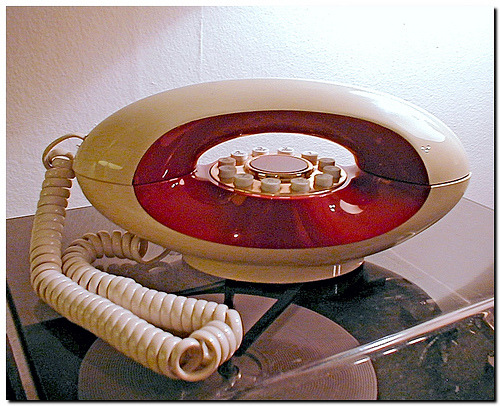
What is your elevator pitch when someone asks, “What do you do for a living?”
Never a pitch – always a dialogue. If I am in an elevator in the San Francisco Bay Area, I usually just say, “I work for KQED public media.” At that point the other person usually says, “Oh, I LOVE KQED!” and jumps immediately into a conversation about their favorite radio, television or online content. Then they tell me that they “give” and I say “thank you,” and the conversation just goes from there. On occasion, when I say I work for KQED, I get a blank stare. In that case, I say “You know, PBS on television, NPR on radio, channel 9, 88.5 FM, Sesame Street, Downton Abbey, Morning Edition, Check Please, Forum with Michael Krasny, etc., etc.” until I get a glimmer of recognition. Then I try to determine their interests and point them to some KQED content or service they might try.
Describe the path that led you to this career.
About three weeks before my 19th birthday, while still a freshman in college, I landed a job as a “cub” reporter at a daily newspaper in New Jersey, working nights writing obituaries and traffic accidents. That was it, I was hooked. Things moved very quickly to full reporter, sportswriter, sports editor, news editor and eventually to general management. Other than a mid-career stint in public relations at Hill and Knowlton and Burson-Marsteller, I have spent my entire working life in media, including owning a newspaper and working as a magazine publisher. I came to KQED and public media 18 years ago and I find non-profit, public service media to be the most rewarding of all my experiences.
What are the elements of a successful workplace?
I have always led teams of creative people and I have learned that while creative people might lead you to believe they want complete freedom, they really crave structure. They want freedom but they also want support. I find the best workplace is one that provides the structure, services, professional development – and creative space – to allow each individual to achieve at her/his highest potential. The boss’s job is to provide the support and guidance so each team member can be more and achieve more.
What is the one piece of technology you cannot live without?
Smartphone.
What are you reading?
Creative Confidence by Tom and David Kelley and The Bully Pulpit by Doris Kearns Goodwin.
If you could, what advice would you give your 20-something self?
Don’t be so impatient to get on with “real life.” Finish college (I didn’t).
If you could do anything and know you couldn’t fail, what would you do?
Produce Broadway shows.
At Double Forte’s San Francisco office, the conference rooms are named Rock and Roll, Motown, Hip Hop, Mambo, Jazz and Disco. Which name best describes you and why?
I’m a Jersey boy, born the same year as Bruce Springsteen and we both lived in Asbury Park the year “Thunder Road” was released – so I have to say “Rock and Roll.” But really, what happened to classical, opera and the great American songbook? Don’t you have any gay people working there?
What’s in your Netflix queue?
The Wolf of Wall Street, Moonrise Kingdom


 Photo credit: _
Photo credit: _ Photo credit: _
Photo credit: _ Photo credit: _
Photo credit: _ Photo credit: _
Photo credit: _ Photo credit: _
Photo credit: _


 A few weeks ago, in our post
A few weeks ago, in our post